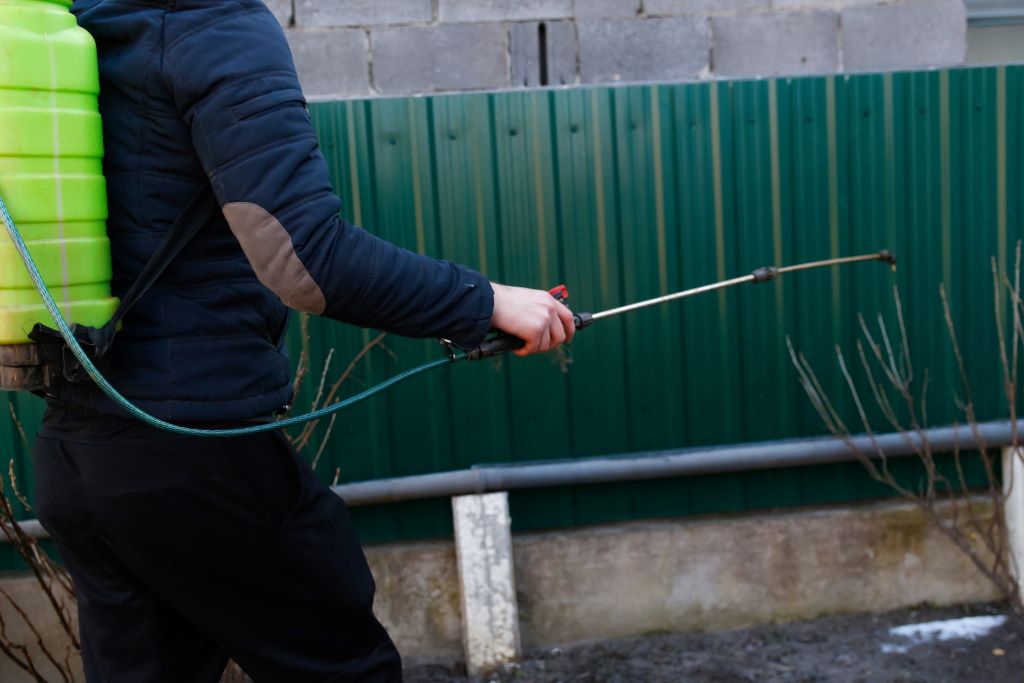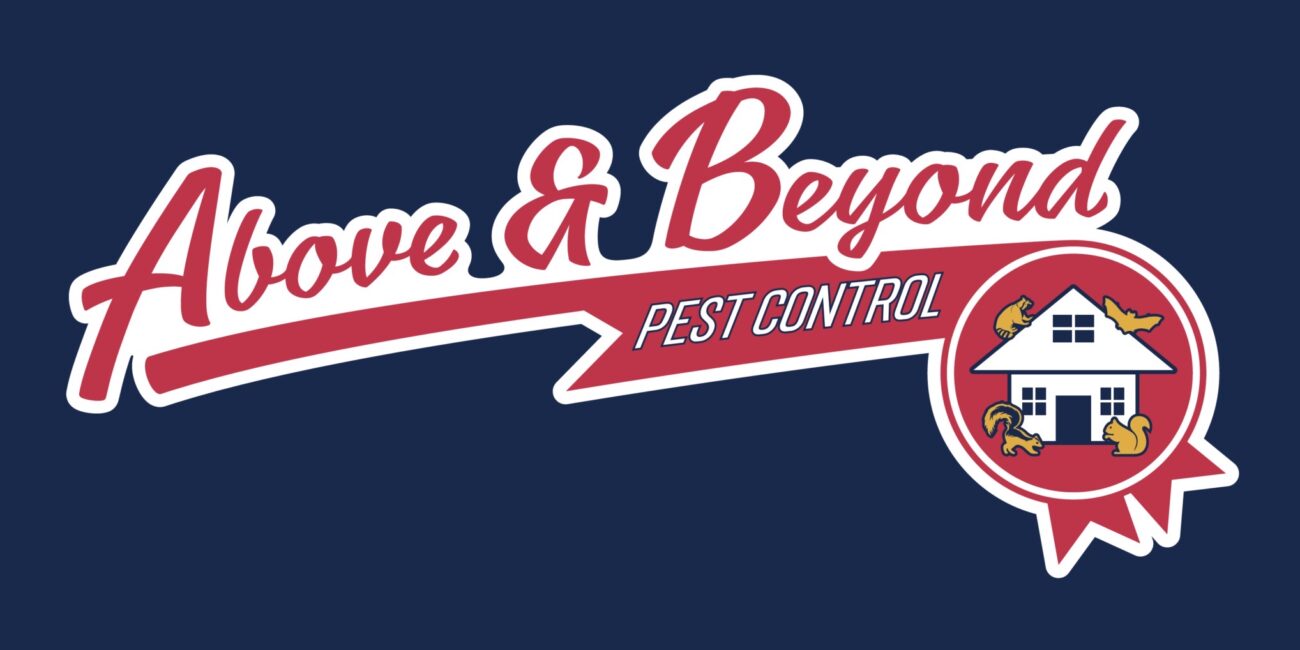
Top 5 Ways to Detect Pests in Food Processing Facilities
Food processing facilities are vulnerable to pests that can harm food products and pose a health risk to consumers. Pests such as rodents, cockroaches, flies, and ants can easily enter these facilities through open doors, windows, or cracks in the walls.
Once inside, they can multiply quickly and infest the entire facility, contaminating the food products and causing significant damage. Therefore, it is crucial to detect and eliminate pests as soon as possible to prevent further infestations. In this article, we will discuss some ways to detect pests in food processing facilities.
1. Visual Inspection
Visual inspections are one of the most common ways to detect pests in food processing facilities. Employees should regularly inspect the entire facility, including storage areas, production lines, and break rooms, for any signs of pest activity. Signs of pest activity include droppings, gnaw marks, nests, eggs, dead insects, and live insects.
These signs can be found in various locations, such as on floors, walls, ceilings, and equipment. Employees should report any pest activity to the supervisor immediately, who can then take appropriate action to eliminate the pests.
2. Pest Monitoring Devices
Pest monitoring devices can also be used to detect pests in food processing facilities. These devices include sticky traps, pheromone traps, and ultraviolet (UV) light traps. Sticky traps are adhesive paper that traps insects that walk on them. Pheromone traps use synthetic hormones to lure insects to the trap.
UV light traps attract flying insects to the trap, where an electric shock kills them. These devices can be placed strategically throughout the facility to monitor pest activity. Regular checks of these devices can help detect pests early, which can prevent further infestations.
3. Rodent Bait Stations
Rodent bait stations are another effective tool for detecting and controlling rodents in food processing facilities. These bait stations contain a rodenticide that is attractive to rodents; when rodents eat the bait, they die, which helps to control the rodent population.
Bait stations should be placed in areas where rodents are likely to be found, such as along walls, near dumpsters, and storage areas. Regular inspections of these bait stations can help detect rodents early, which can prevent further infestations.
4. Employee Training
Employee training is also essential for detecting pests in food processing facilities. Employees should be trained on how to identify signs of pest activity, how to report pest activity to their supervisor, and how to prevent pest infestations.
Training should also include proper sanitation practices, such as cleaning up spills promptly, storing food products in sealed containers, and disposing of garbage properly. Employees who are well-trained can help detect pests early, which can prevent further infestations.
5. K-9 Detection
K-9 detection is another method that can be used to detect pests in food processing facilities. Specially trained dogs can detect the presence of pests such as bed bugs, rodents, and termites by using their keen sense of smell. These dogs can quickly and accurately detect pests, even in hard-to-reach areas.
K-9 detection is non-invasive, and it does not use pesticides, making it a safe and environmentally friendly method of pest detection. This method is particularly useful in large facilities where pests may be difficult to detect through visual inspection or monitoring devices.
Conclusion
Pests can cause significant damage to food processing facilities and pose a health risk to consumers. Therefore, it is essential to detect and eliminate pests as soon as possible to prevent further infestations.
Visual inspections, pest monitoring devices, rodent bait stations, employee training, and K-9 detections are all effective ways to detect pests in food processing facilities. By implementing these methods, food processing facilities can ensure that their products are safe and free from pests.
If you're dealing with a pest infestation, don't hesitate to contact Above and Beyond Pest. We are a fully insured business that offers a wide range of pest control services to help you rid your property of these pesky critters. Contact us today to schedule a consultation and take the first step toward a pest-free home or business!
